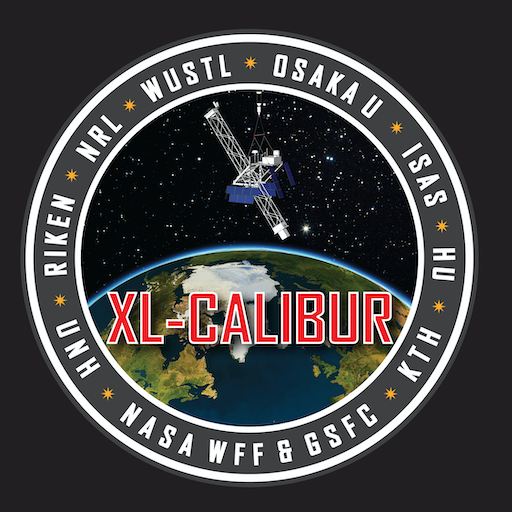Missions & Projects
Featured
Alphabetical
By Last Name:
Displaying records 1 to 12 of 12.
Show:
FITSIO (FITSIO)
CFITSIO is a library of C and Fortran subroutines for reading and writing data files in FITS (Flexible Image Transport System) data format. CFITSIO provides simple high-level routines for reading and writing FITS files that insulate the programmer from the internal complexities of the FITS format. CFITSIO also provides many advanced features for manipulating and filtering the information in FITS files.
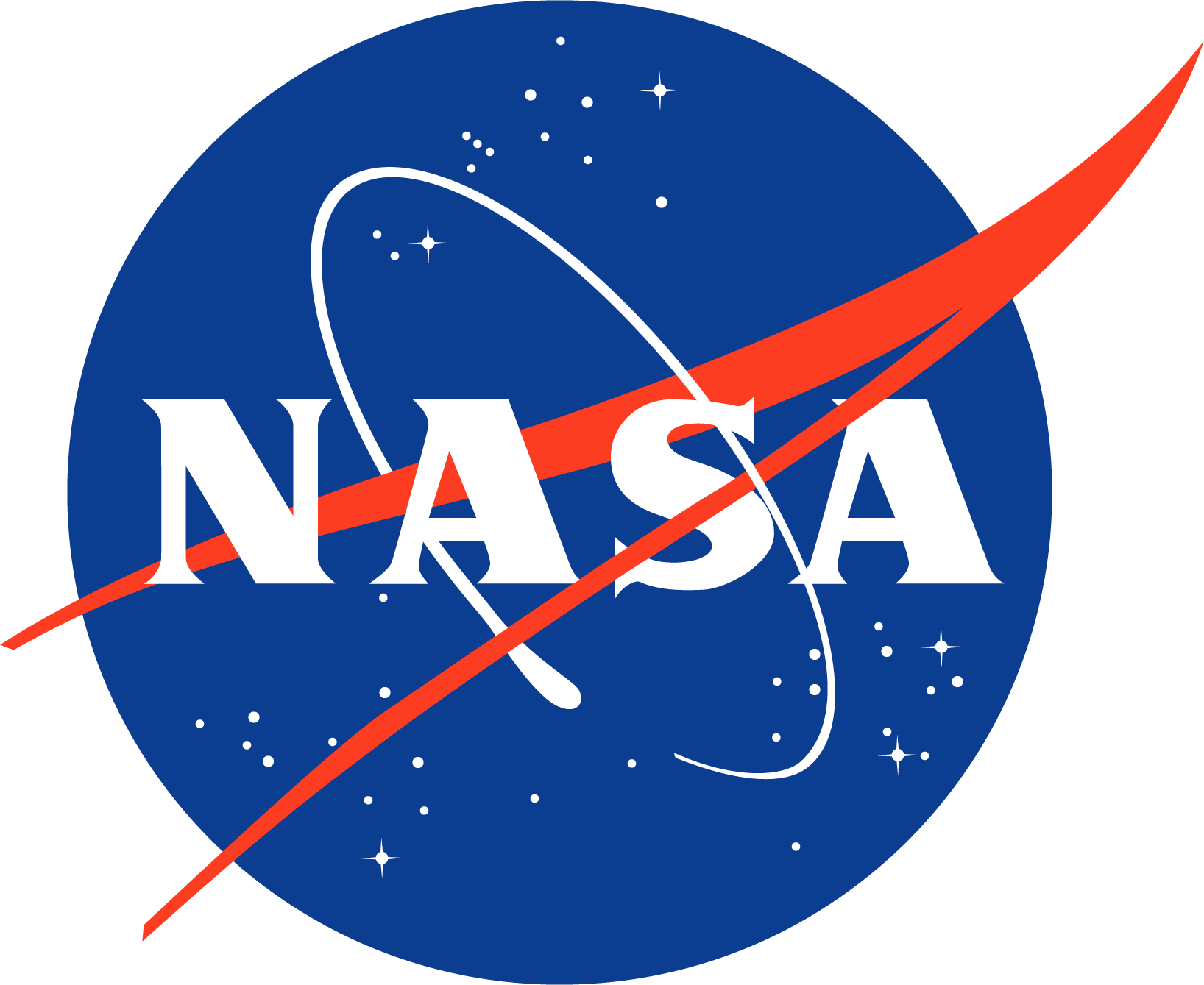
FV: The Interactive FITS File Editor
Fv is the easy to use graphical program for viewing and editing any FITS format image or table.

Hera -- Astronomical Data Analysis over the Internet
Hera is the new data processing facility provided by the HEASARC at the NASA Goddard Space Flight Center for analyzing FITS format. astronomical data files.

High Energy Astrophysics Science Archive Research Center (HEASARC)
The High Energy Astrophysics Science Archive Research Center (HEASARC) is the primary archive for NASA missions dealing with extremely energetic phenomena, from black holes to the Big Bang. Having recently merged with the Legacy Archive for Microwave Background Data Analysis (LAMBDA), it includes data obtained by NASA's high-energy astronomy missions from the extreme ultraviolet through gamma-ray bands, along with missions that study the relic cosmic microwave background.
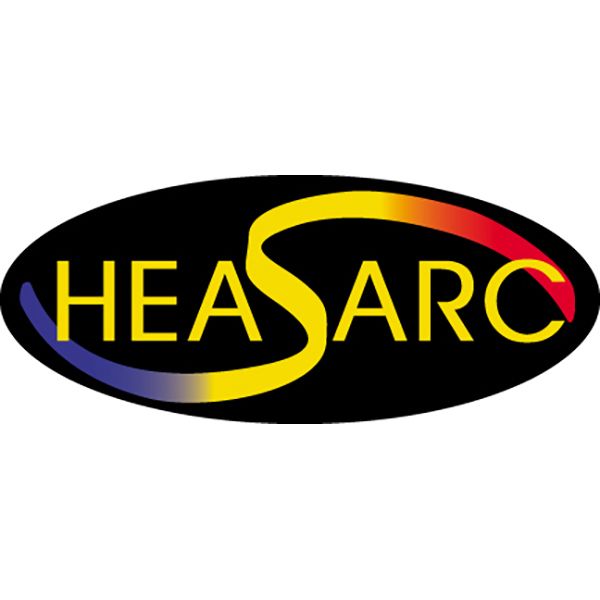
Imaging X-ray Polarimetry Explorer (IXPE)
The Imaging X-ray Polarimetry Explorer (IXPE) exploits the polarization state of light from astrophysical sources to provide insight into our understanding of X-ray production in objects such as neutron stars and pulsar wind nebulae, as well as stellar and supermassive black holes.
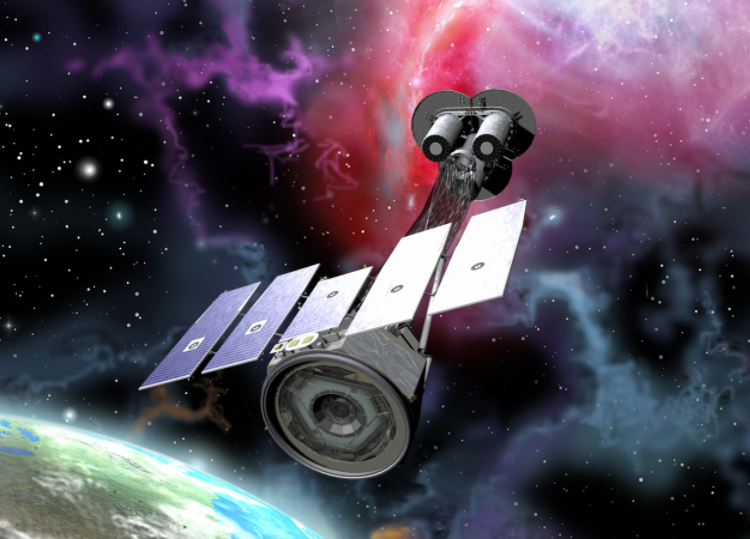
Legacy Archive for Microwave Background Data Analysis (LAMBDA)
The Legacy Archive for Microwave Background Data Analysis (LAMBDA) was established in 2002 and in 2008 was made part of NASA's High Energy Astrophysics Science Archive Research Center (HEASARC). LAMBDA provides a resource for cosmology researchers, hosting data products from cosmic microwave background (CMB) measurements, Galactic and extragalactic astrophysical microwave observations, and line intensity mapping (LIM) experiments, in addition to a range of software tools, and educational material.
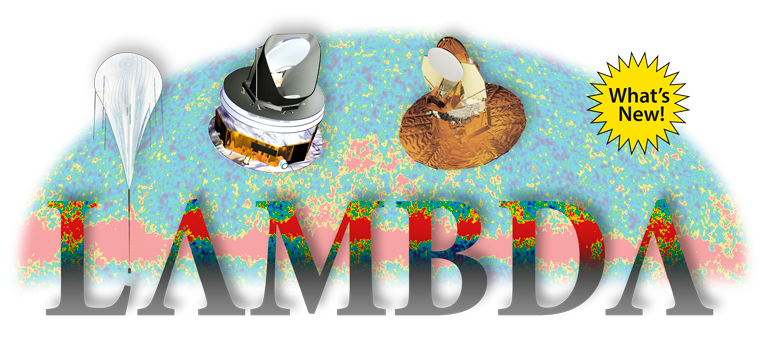
NASA Astronomical Virtual Observatories (NAVO)
The NASA Astronomical Virtual Observatories (NAVO) program coordinates the efforts of NASA astronomy archives in providing comprehensive and consistent access to NASA's astronomical data through standardized interfaces.

SkyView
SkyView is a Virtual Observatory on the Net generating images of any part of the sky at wavelengths in all regimes from Radio to Gamma-Ray.
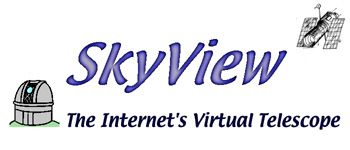
SRG-eRosita
The scientific spacecraft "Spectrum-Roentgen-Gamma" (Spectr-RG or SRG) is an X-ray observatory. SRG's main scientific goal is to chart an unprecedented map of the Universe in X-rays on which all large clusters of galaxies will be marked. eROSITA is a a soft-X-ray survey instrument and is one of two independent telescopes on board.

X-ray Imaging and Spectroscopy Mission (XRISM)
The X-ray Imaging and Spectroscopy Mission (XRISM) is a JAXA/NASA collaborative mission, with ESA participation. Equipped with an X-ray micro-calorimeter and X-ray CCD camera, identical to those on Hitomi, specializing in soft X-ray imaging spectroscopy. XRISM's aim is to develop the world of high resolution X-ray spectroscopy.
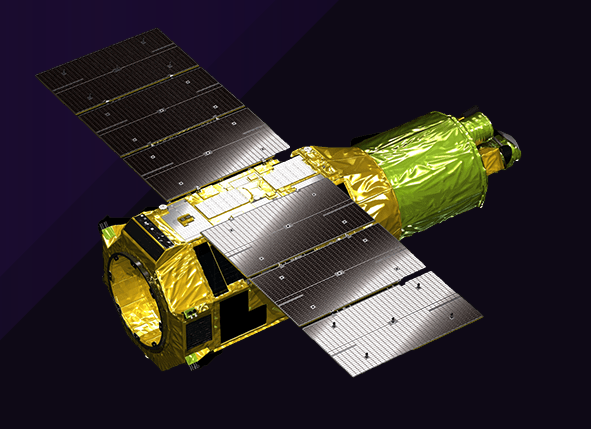
XL-Calibur
XL-Calibur is a collaboration amongst scientists from the United States, Japan, and Sweden, led by the Principal Investigator, Henric Krawczynski from Washington University (St. Louis). The mirror uses a flight spare from the Hitomi mission, a gondola and pointing control mechanism developed at NASA’s Wallops Space Flight Center, and a fully active shield developed at KTH in Sweden. The mission is flown on Long Duration Balloon (LDB) flights launched from McMurdo (Antarctic) or Jukkasjärvi (Sweden) as part of NASA’s Scientific Ballooning program.
